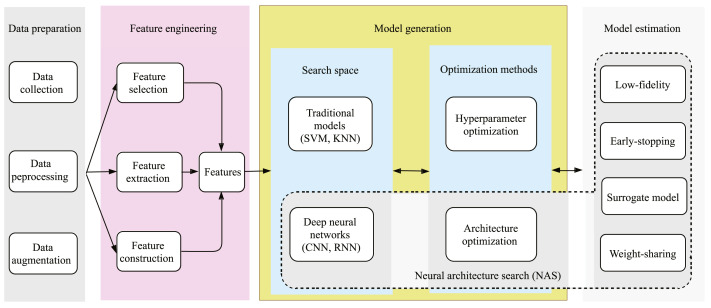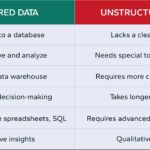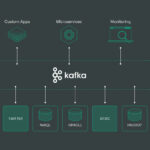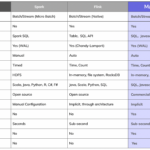In the realm of Big Data, harnessing the power of Artificial Intelligence (AI) for automated feature engineering has proven to be a game-changer. The integration of AI algorithms and techniques in processing heterogeneous data has enabled the automatic extraction and creation of relevant features, thereby enhancing the performance of predictive models. This advanced approach not only reduces the manual effort required for feature engineering but also uncovers complex patterns and relationships within the data that might have otherwise gone unnoticed. In this article, we will explore the benefits and techniques of using AI for automated feature engineering in heterogeneous data sets within the context of Big Data analytics.
Understanding Heterogeneous Data
Heterogeneous dataBig Data, dealing with heterogeneous data is a significant challenge for data scientists and analysts.
The Role of Feature Engineering
Feature engineering
Implementing AI for automated feature engineering offers numerous advantages:
Before diving into feature engineering, you need to prepare the data. This includes:
Choosing appropriate AI tools is critical for effective automated feature engineering. Some tools and frameworks include:
Utilizing machine learning models can significantly enhance feature extraction:
Once the features are extracted, it’s essential to refine them through automated selection methods:
For unstructured textual data, Natural Language Processing (NLP) plays a pivotal role:
While complex models and automated methods can enhance performance, it’s crucial to maintain the interpretability of the features. Stakeholders should be able to understand the features being used in the model to ensure trust and compliance with regulations.
Regularly evaluate the impact of newly engineered features on model performance. Model drift can occur over time; hence, it’s vital to retrain models and update features as needed to ensure accuracy and relevance.
Collaborate with domain experts who can provide insights into which features are theoretically important for the problem at hand. Their knowledge can be instrumental in guiding the automated process effectively.
While the automation of feature engineering can generate numerous features, emphasize quality over quantity. Too many features can lead to the curse of dimensionality, making models less efficient and harder to interpret.
In a recent implementation within a financial institution, machine learning algorithms were used to extract features from user transaction data. By applying clustering techniques, unique transaction patterns were identified, enhancing fraud detection models significantly.
An e-commerce platform utilized automated feature engineering to analyze customer behavior data. By employing NLP to parse customer reviews, the model was able to extract sentiment-related features, vastly improving product recommendation systems and boosting sales.
As AI technology continues to evolve, the future of automated feature engineering looks promising:
Utilizing AI for automated feature engineering in heterogeneous data is no longer a luxury; it’s become a necessity in the world of Big Data. By systematically adopting the approaches outlined in this article, organizations can significantly enhance their data analysis workflows, resulting in more accurate predictions and informed business decisions.
Leveraging AI for automated feature engineering in heterogeneous data within the realm of Big Data offers a powerful solution to extract valuable insights and uncover hidden patterns efficiently. By utilizing advanced algorithms, machine learning techniques, and deep learning models, organizations can streamline the feature engineering process, improve predictive accuracy, and drive informed decision-making in a data-rich environment. This approach not only enhances the overall data processing speed and accuracy but also lays the foundation for creating more sophisticated and personalized machine learning models tailored to specific business needs. Embracing AI for automated feature engineering in heterogeneous data has the potential to revolutionize data analysis workflows and unlock new opportunities for innovation and growth in the era of Big Data.Why Use AI for Automated Feature Engineering?
Steps to Implement AI for Automated Feature Engineering
1. Data Preprocessing
2. Selecting the Right AI Tools
3. Leveraging Machine Learning for Feature Extraction
4. Automated Feature Selection Techniques
5. Utilizing Natural Language Processing (NLP)
Best Practices for AI-driven Automated Feature Engineering
1. Maintain Interpretability
2. Monitor Model Performance
3. Engage Domain Experts
4. Prioritize Quality over Quantity
Case Studies of AI in Automated Feature Engineering
Case Study 1: Financial Sector
Case Study 2: E-commerce Recommendations
Future Trends in AI for Feature Engineering
Final Thoughts on AI and Feature Engineering














